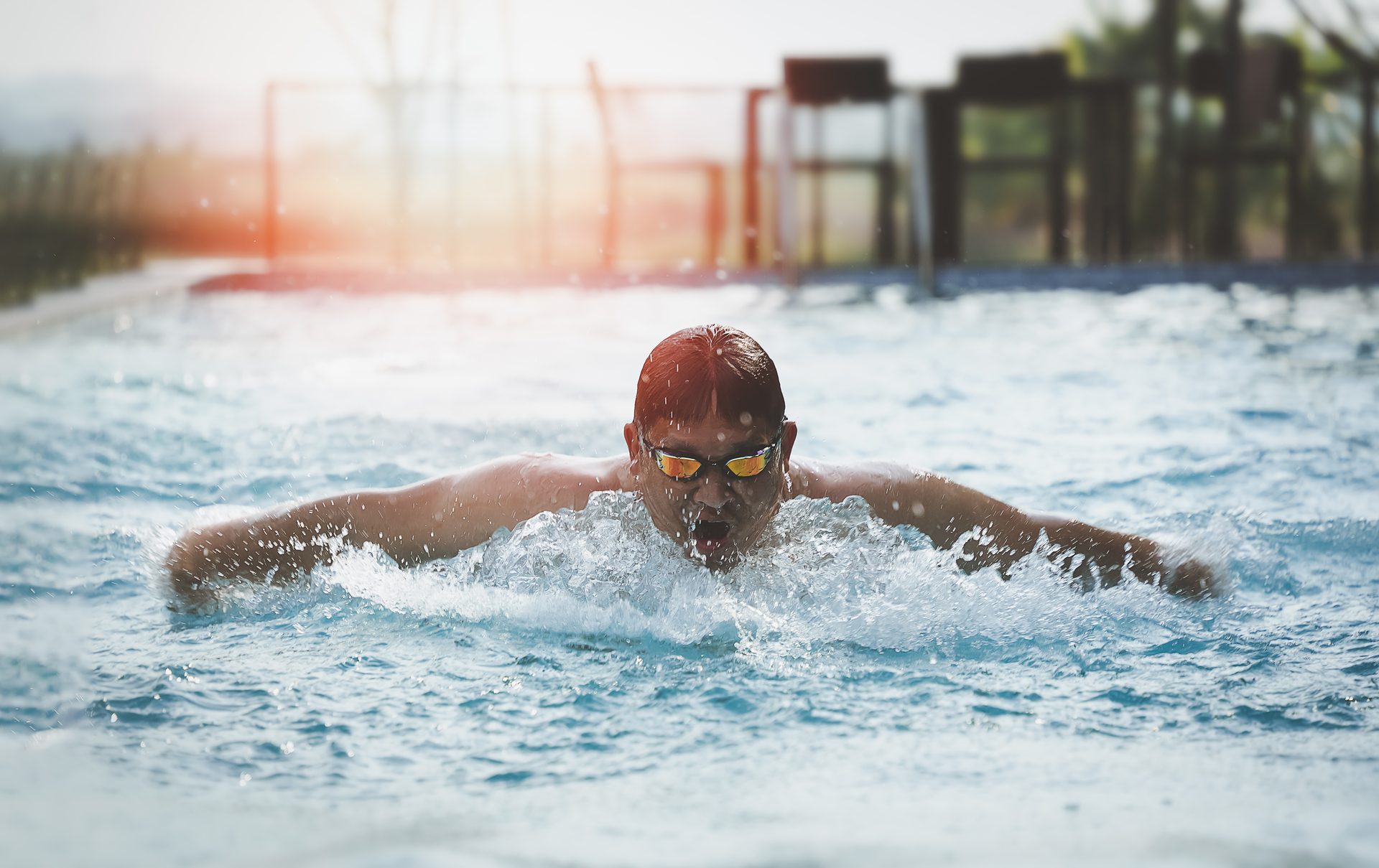The Art of Breathing in Swimming: Techniques for Efficient Oxygen Intake and Improved Performance

Swimming is a unique sport that combines strength, endurance, and technique. One of the most crucial aspects of swimming, which is often overlooked, is the art of breathing. Proper breathing techniques can significantly improve your swimming performance by increasing the efficiency of oxygen intake and reducing energy expenditure. In this comprehensive guide, we will explore the importance of proper breathing, the different techniques for efficient oxygen intake, and tips for improving your breathing in swimming.
I. The Importance of Breathing in Swimming
- Oxygen supply for muscles
Swimming demands a high level of physical exertion, which requires an efficient oxygen supply to your muscles. Proper breathing ensures that your muscles receive the oxygen they need to perform at their best, reducing the risk of fatigue and enhancing your overall performance.
- Maintaining body balance and alignment
Breathing plays a significant role in maintaining body balance and alignment in the water. By incorporating proper breathing techniques, you can ensure that your body stays streamlined, reducing drag and allowing you to move through the water more efficiently.
- Conserving energy
Inefficient breathing can lead to increased energy expenditure, as your body has to work harder to maintain the necessary oxygen levels. By mastering the art of breathing, you can conserve energy and maintain a consistent pace, allowing you to swim longer distances or sprint faster.
II. Different Breathing Techniques in Swimming
- Bilateral Breathing
Bilateral breathing is a technique in which swimmers alternate breathing sides during freestyle swimming, typically taking a breath every three strokes. This method can help promote balanced muscle development and improve overall body alignment in the water.
Advantages:
- Balanced muscle development
- Improved body alignment
- Enhanced spatial awareness
- Unilateral Breathing
Unilateral breathing is the practice of breathing to one side only during freestyle swimming. Some swimmers may find this technique more comfortable or natural, especially when swimming at a faster pace or in a race.
Advantages:
- Easier to maintain rhythm and stroke rate
- Better visibility during open water swimming or racing
- May feel more natural for some swimmers
- Breathing Patterns in Other Strokes
- Breaststroke: Swimmers typically breathe with each stroke cycle, lifting their head and chest out of the water while extending their arms.
- Butterfly: Breathing occurs during the recovery phase of the stroke, with swimmers lifting their head and chest out of the water as their arms move forward.
- Backstroke: Swimmers can breathe freely throughout the stroke, as their face remains above water at all times.
III. Tips for Improving Your Breathing in Swimming
- Relax and exhale underwater
One of the most common mistakes swimmers make is holding their breath underwater, leading to a buildup of carbon dioxide and increased fatigue. To improve your breathing, focus on exhaling gently through your nose or mouth while your face is submerged. This will help to release carbon dioxide and make it easier to inhale when you turn your head to take a breath.
- Practice timing and rhythm
The timing of your breath is crucial for efficient breathing in swimming. In freestyle, aim to begin exhaling as soon as your face enters the water, and continue exhaling until you turn your head to take a breath. Practice different breathing patterns (e.g., every two, three, or four strokes) to find the rhythm that works best for you.
- Focus on head and body position
Maintaining a streamlined body position is essential for reducing drag and improving breathing efficiency. Keep your head in a neutral position, with your eyes looking down and slightly forward, and avoid lifting your head too high when taking a breath. Additionally, focus on rotating your body along the long axis during freestyle swimming, which will allow you to take a breath without disrupting your body alignment.
- Use breathing drills to improve technique
Incorporate specific breathing drills into your swim workouts to help develop proper breathing techniques. Some popular drills include:
- Side-kick drill: Kick on your side with one arm extended and the other at your side, focusing on exhaling underwater and inhaling when your mouth clears the water. Switch sides after a set distance or time.
- 3-5-7 drill: In freestyle, vary your breathing pattern by taking a breath every 3 strokes, then every 5 strokes, and finally every 7 strokes. This drill helps improve breath control and lung capacity.
- Bobbing drill: In the shallow end of the pool, practice bobbing up and down, focusing on exhaling underwater and inhaling as your head breaks the surface. This drill helps develop breath control and timing.
- Build lung capacity and endurance
Improving your lung capacity and endurance can enhance your ability to take in oxygen efficiently and maintain a steady breathing pattern during swimming. Incorporate cardio-based cross-training exercises, such as running, cycling, or rowing, into your training routine to help build lung capacity. Additionally, practice breath-holding exercises (both in and out of the water) to develop better breath control and lung strength.
- Monitor and adjust your breathing during workouts and races
Regularly assess your breathing patterns during swim workouts and races to ensure that you are maintaining efficient breathing techniques. Be aware of any changes in your breathing due to fatigue or increased intensity and make adjustments as needed. For example, you may need to switch from bilateral to unilateral breathing during a race to maintain a faster pace.
Mastering the art of breathing in swimming is essential for enhancing performance, conserving energy, and maintaining proper body alignment in the water. By understanding the importance of breathing, exploring different breathing techniques, and implementing tips to improve your breathing, you can unlock your full potential as a swimmer. Remember to be patient and consistent in your practice, as developing efficient breathing habits may take time and dedication. With the right approach, you can transform your swimming experience and achieve greater success in the pool and open water.